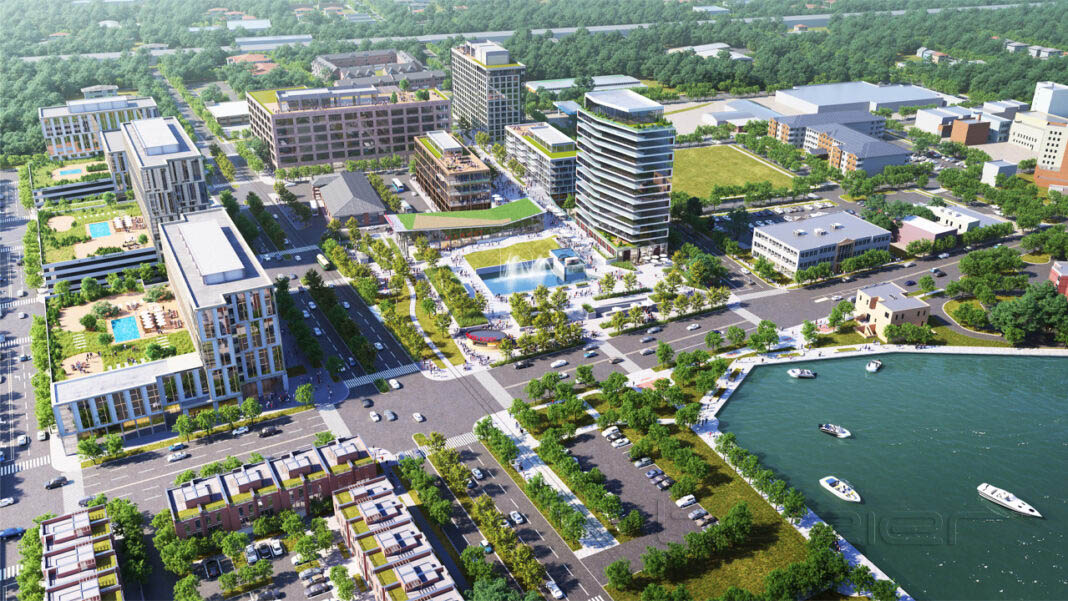It’s a story not unlike many cities in the upper Midwest.
A series of manufacturing plant closures left Kenosha’s downtown mostly empty for many years.
From the mid-1980s to the mid-1990s, the once-bustling manufacturing town saw companies like American Motor Corp., Anaconda American Brass and MacWhyte Co. shut down or reduce their operations in the city, eliminating thousands of jobs.
They left behind abandoned manufacturing plants that were turning to rubble, vacant storefronts in the historic downtown and a lakefront that was blocked off with a chain-link fence.
“Kenosha went through some very difficult times when our manufacturers pulled out,” said John Antaramian, who was elected mayor in 1992. “All of those major corporations left huge issues for the community. Kenosha had to reinvent itself.”
In the early 1990s, the city embarked on a multi-decade mission to diversify its economy and bring vibrancy back to the city’s downtown.
In 2000, a city-led initiative resulted in the development of 350 condos along with museums and green space on the site of the shuttered American Motors Corp. plant. The effort rehabbed and brought new tenants to the historic downtown storefronts over the next 20 years. More recently, developers have built several apartment buildings on the south end of the downtown area.
Kenosha’s proximity to Chicago and Milwaukee along the I-94 North-South corridor has spurred a boom of retail and industrial development along the interstate over the past two decades. Meanwhile, progress in the city’s downtown has lagged behind the booming development pace near the freeway.
But that could be about to change, thanks to a massive $450 million development project planned for a mostly vacant nine-block area of downtown Kenosha.
Milwaukee-based real estate developer Cobalt Partners and Fond du Lac-based C.D. Smith Construction Inc. are moving ahead on the project, which could eventually transform roughly 14 acres of the city’s Harbor Park district with more than 1,000 new housing units, 100,000 square feet of retail space, 420,000 square feet of office space, a hotel and green space.
The developers working on the project see a city with rapid economic growth and a downtown that isn’t quite showing it yet.
“It’s the fourth largest city in the state and yet really has a downtown that is a bit of a blank canvas,” said Scott Yauck, president of Cobalt Partners.
City officials see the project as an opportunity to complete a downtown revitalization effort that’s been decades in the making and can support economic growth for years to come.
“Cities only go in two directions: forward or backward,” Antaramian said. “This project will keep moving us forward.”
Read more at the BizTimes.

